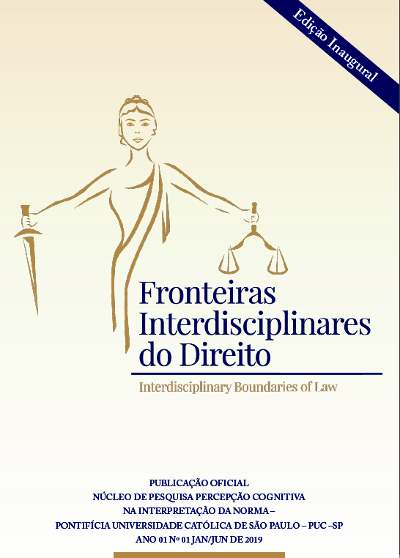O projeto AVARC e o acolhimento de vítimas de crimes pelo ministério público
Mots-clés :
VÍTIMA, OFENSOR, MINISTÉRIO PÚBLICO RESOLUTIVO, CONTROLE EXTERNO DA ATIVIDADE POLICIALRésumé
O Projeto de Acolhimento de Vitimas, Análise e Resolução de Conflitos oferece às vítimas de crimes a oportunidade de escuta ativa dos fatos ocorridos, participação em conferências destinadas à reparação de traumas (STAR, VOC e outros), encaminhamento da documentação visando à fixação de danos mínimos pelos prejuízos causados pelo crime e informação adequada sobre o andamento do feito de que foi vítima.
O vitimário também encontra guarida nesse modelo resolutivo de atuação ministerial, diante do fomento à autorresponsabilização pelo delito praticado, reparação do dano causado a vítima e comunidade atingida pelos efeitos do crime.
O Ministério Público do Estado de São Paulo, por meio dessa estratégia de gestão da Promotoria de Justiça Criminal, propicia à vítima um ambiente acolhedor que busca impedir e combater os efeitos decorrentes da vitimização, especialmente nas modalidades secundária e terciária. Por meio do atendimento humanizado prestado às vítimas de crimes também é possível o mapeamento e controle externo das causas da vitimização relacionadas à atividade policial, propiciando o efetivo controle externo da atividade policial.
A atuação ministerial resolutiva e proativa permite a indução de políticas públicas de combate à criminalidade, especialmente pelo controle externo difuso da atividade policial.
Références
DA PONTE, Antonio Carlos. Crimes Eleitorais. 2ª Ed., São Paulo: Saraiva, 2016, p.167.
DA PONTE, Antonio Carlos (Coord). Mandados de Criminalização e Novas Formas De Criminalidade. Rio de Janeiro: Lumen Juris, 2017.
HERRERA MORENO, Myriam. La hora de la víctima. Compendio de victimologia. Madrid: Editoriales de Derecho Reunidas, 1996.
HINDELANG, Michael J; Gottfredson, Michael R., Garofalo, James. Victims of personal crime: An empirical foundation for a theory of personal victimization. Cambridge: MA: Ballinger, 1978.
KUNZ, Ana. Percepción social de la administración de la justicia. In: Documento de Trabajo 2005, v. 132. Disponível em: http://www.ub.edu.ar./investigaciones/dt_nuevos/132_kunz.pdf. Acesso em 01.03.2018.
MARQUES, Oswaldo Henrique Duek. A perspectiva da Vitimologia. In: Atualidades Jurídicas 3. Saraiva: São Paulo, 2001.
MAZZILLI, Hugo Nigro. Manual do Promotor de Justiça, 4ª ed. São Paulo: Saraiva, 2000, p.237. Disponível em: http://mazzilli.com.br/pages/livros/manualpj.pdf). Acesso em 29.03.2019.
MAZZUTTI, Vanessa De Biassio. Vitimologia e Direitos Humanos: o Processo Penal sob a Perspectiva da Vítima. Curitiba: Juruá, 2012, p.73/74.
MORAES, Alexandre Rocha Almeida de. Direito Penal Racional: Propostas para a Construção de uma Teoria da Legislação para uma Atuação Criminal Preventiva. Curitiba: Juruá, 2016, p.270.
MORAES, Alexandre Rocha Almeida de. Direito Penal do Inimigo: A Terceira Velocidade do Direito Penal. Curitiba: Juruá, 2011.
ROXIN, Claus. Derecho Penal – Parte General – Tomo I – Fundamentos. La Estructura de La Teoria Del Delito. 2ª. Madrid: Editoral Civitas, 2000.
YOUNG, Jock. La imaginación criminológica. Madrid: Marcial Pons, Ediciones Juridicas e Sociales, 2015.
ZEHR, Howard. Changing lenses: A new focus for crime and justice. Scottdale: Herald press, 1990.


